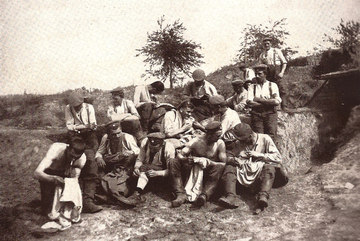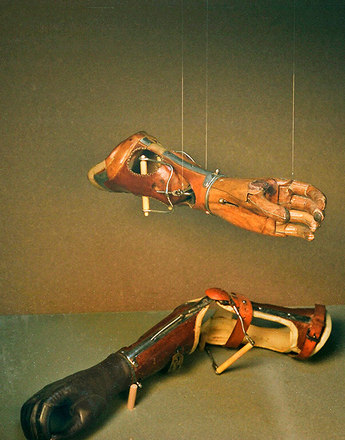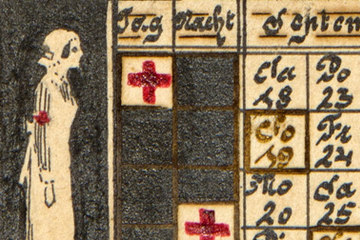Experience from earlier wars has shown that deaths from epidemics tend to far exceed losses through wounds. In the First World War as well, there were significant fatalities as a result of typhoid fever, dysentery, cholera, typhus, smallpox and malaria.
Between 1914 and 1917, some 433,517 soldiers from the Austro-Hungarian army contracted tuberculosis, 418,588 typhoid fever, 402,314 dysentery and 331,721 malaria, which occurred particularly in Albania, Montenegro and north of Venice. Cholera and typhus were also widespread in the Balkans and Galicia. More than any other infectious disease, a further 1,275,885 soldiers contracted venereal diseases.
The mortality rate from venereal diseases (0.019%) was very low compared with the other diseases, however. It was 20.8 per cent for cholera, 9.0 per cent for tuberculosis, 8.4 per cent for typhus and 5.8 per cent for typhoid fever. In the first three years of the war, around 100,000 soldiers died of one of these diseases. The outbreak of Spanish Flu in the last year of the war reduced the ranks of the Austro-Hungarian army even further.
As the war continued and the demand for fresh troops increased, unfit men, for example former tuberculosis sufferers, were conscripted. As a result the number of soldiers dying of this disease rose rapidly. In the last year of the war 39,877 soldiers and 21,822 civilians in the Austrian crown lands died from this life-threatening infection.
Among the dangers leading to the outbreak of epidemics were the inadequate sanitation, failure to remove bodies and troop movements, which carried diseases from the eastern front as far as the south-west front. Camps behind the lines and command areas were particularly affected. Moreover, the medical commanders were often unaware of the spread of diseases to neighbouring army units and the surrounding area. The billeting of marching units in contaminated villages or towns in eastern Galicia and Russian Poland was a further factor spreading disease within the army.
The weather also played a role in the spread of diseases. Typhus tended to occur in winter, particularly in prisoner-of-war and refugee camps, while cholera and dysentery were more common in summer and autumn. These two diseases were facilitated by the consumption of unripe fruit, non-boiled milk, mouldy food, spoiled meat and contaminated drinking water. "We received barrels of half-rotten dehydrated vegetables, cabbage and pickled green beans with a layer of mould as thick as a finger," wrote one soldier in his diary.
The classic war epidemics were widespread particularly on the eastern, south-eastern and north-eastern fronts. With the arrival of the first trainloads of wounded soldiers, the evacuation of large parts of Galicia and the housing of sick refugees and infected Serbian and Russian prisoners of war in Austrian towns and villages the danger of infection also became a real threat for the population on the home front.
Translation: Nick Somers
Biwald, Brigitte: Von Helden und Krüppeln. Das österreichisch-ungarische Militärsanitätswesen im Ersten Weltkrieg. Teil 2, Wien 2002
Dietrich, Elisabeth: Der andere Tod. Seuchen, Volkskrankheiten und Gesundheitswesen im Ersten Weltkrieg, in: Eisterer, Klaus/Steininger, Rolf (Hrsg.): Tirol und der Erste Weltkrieg, Innsbruck 2011, 255-275
Quotes:
"We received barrels …": Gast, Willibald: Mir selbst zur fortwährenden Erinnerung, 155 und 235. Privatbesitz von Dipl. Ing. Albert Otto, quoted from: Biwald, Brigitte: Von Helden und Krüppeln. Das österreichisch-ungarische Militärsanitätswesen im Ersten Weltkrieg. Teil 2, Wien 2002, 539 (Translation)








